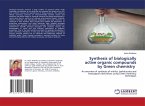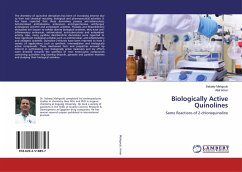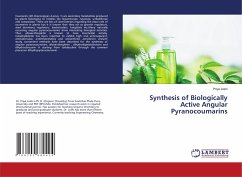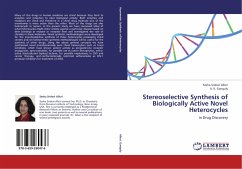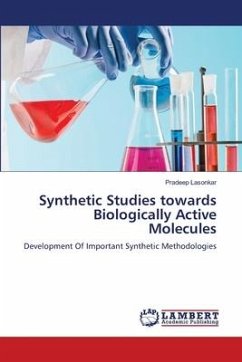For several years enzymes and whole cells have been used as catalysts both in Academia and Industry. Such catalysts are now used in research for renewable energy and for production of fine chemicals. Enzymes are used in organic chemistry in particular for their ability to catalyse reactions stereoselctively. In order to create enantiopure building blocks for synthesis of biologically active compounds Dr. Jacobsen has used lipase for kinetic resolution. This book covers the significance of chirality for biological action, principles of of enzyme catalysis and in particular the use of enzyme catalysis for kinetic resolution and asymmetrization.


